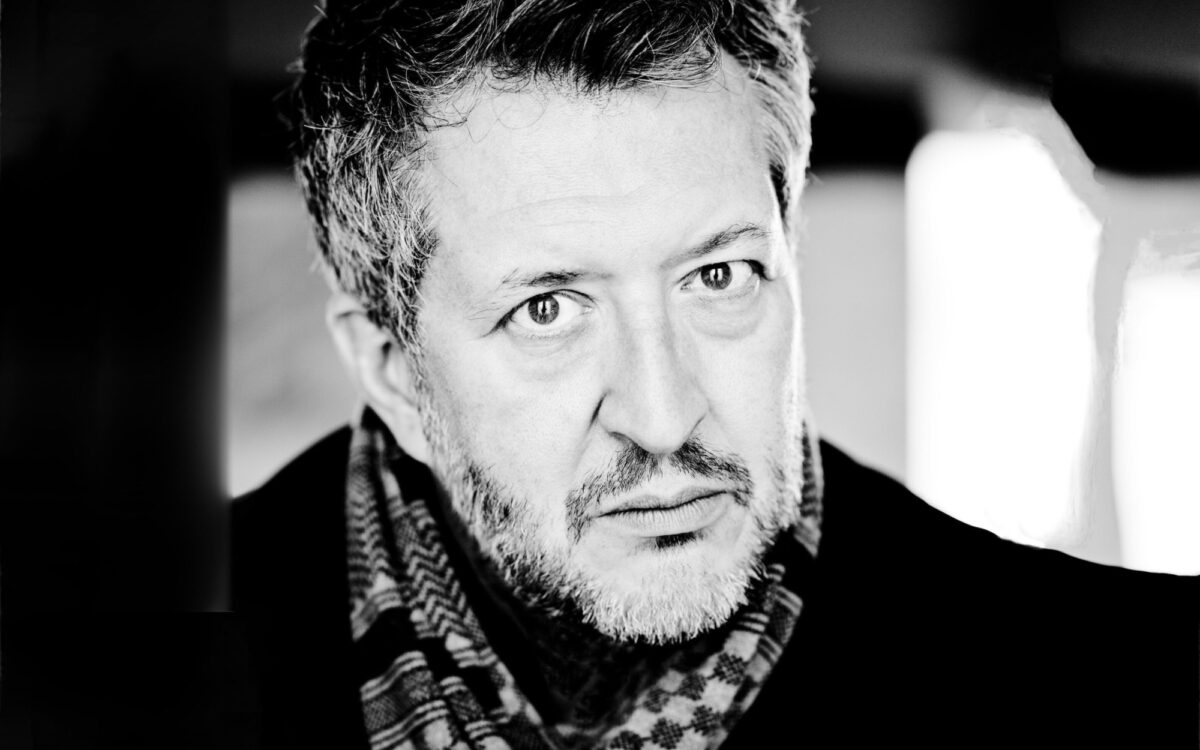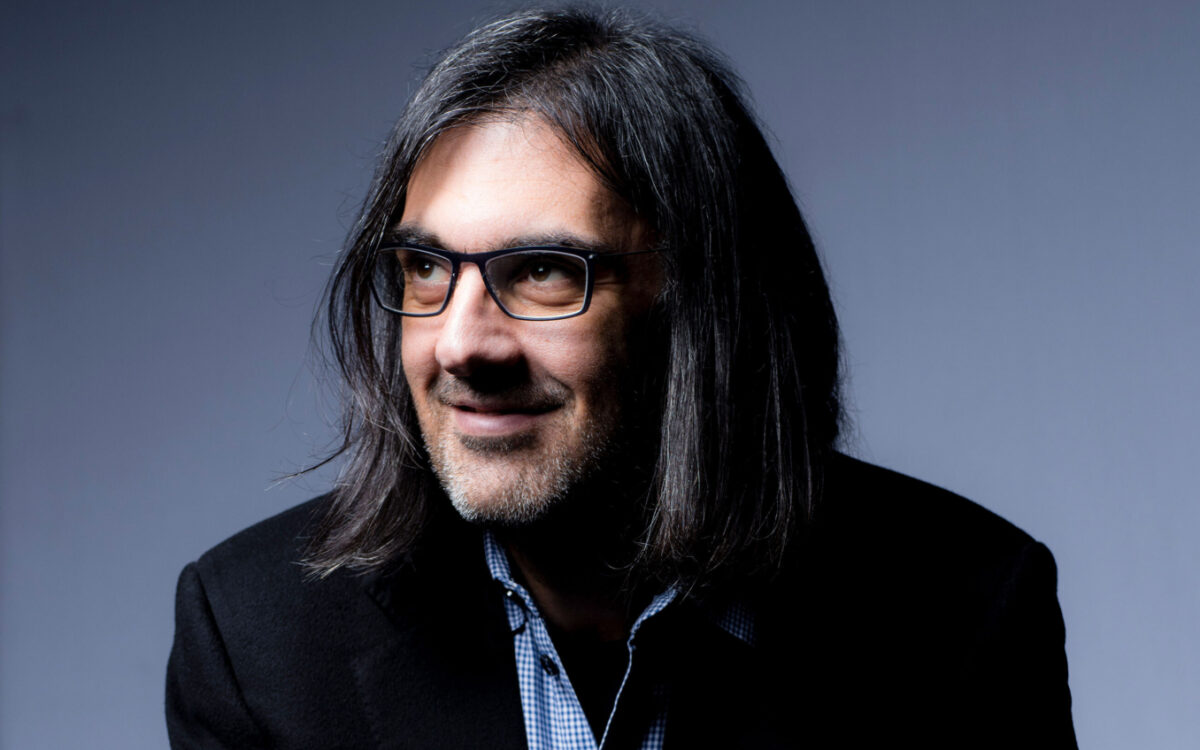Shanty – Over the Sea
Composition and premiere: Thomas Adès completed Shanty – Over the Sea in 2020 on commission for the Australian Chamber Orchestra, New Jersey Symphony Orchestra, Munich Chamber Orchestra, Hong Kong Sinfonietta, Amsterdam Sinfonietta (supported by The Eduard van Beinum Foundation), Swedish Chamber Orchestra, Kammerorchester Basel with Gstaad Menuhin Festival & Academy, Istanbul Music Festival, and Barbican Centre with Britten Sinfonia. The Australian Chamber Orchestra gave the first performance on February 8, 2021, at Town Hall, Wollongong, Australia. This is the first Tanglewood and the first BSO performance of the piece.
Thomas Adès writes:
A shanty is a song in many verses sung by a group of sailors at work. The melody is sung many times, never the same, with a strong rhythmic pulse but not necessarily literal unanimity.
A shanty, along with any folk song in the English-language traditions, creates depth through repetition of the melody and variation of the story.
In this Shanty fifteen individual voices, sometimes together and sometimes divergent, create a widening seascape.
In a Shanty, the cyclical verses build a story of the harsh, mechanical routine of the petty captain’s rule, and accumulate a longing for mutiny. As in a Slave Spiritual, there is an implied yearning for liberation, freedom from the false, arbitrary regime of the petty masters, and a dream of a safe harbour beyond.
Shanty is written for the musicians of the orchestras who play it.
Thomas Adès is in his final season as the Boston Symphony Orchestra’s Deborah and Philip Edmundson Artistic Partner, a role created for him that entailed performing as both conductor and pianist, curating the annual Tanglewood Festival of Contemporary Music, coaching Tanglewood Fellows, and, of course, presenting his own music. During his tenure, which began in the 2017-18 season and which was extended to the present season due to the pandemic, the BSO commissioned his highly acclaimed Concerto for Piano and Orchestra, composed for pianist Kirill Gerstein, who premiered it with the BSO under the composer’s direction in spring 2019. Deutsche Grammophon released the recording taken from those performances along with the composer and the BSO’s performance of his Totentanz for baritone, mezzo-soprano, and orchestra, recorded live at Symphony Hall in fall 2016.
Other recent works include his Dante, an evening-length, three-part ballet based on the Commedia, commissioned by the Los Angeles Philharmonic, Royal Opera House Covent Garden Foundation for the Royal Ballet, and the Royal Concertgebouw Orchestra, Amsterdam. The full ballet was premiered at the Royal Opera House, London, in October 2021. In the 2022-23 season Adès leads the Boston Symphony in concert performances of the first part, Inferno, at Symphony Hall.
Shanty – Over the Sea is one of several recent smaller-scale commissions Adès has composed in the spaces between and around such larger works as Dante and the Concerto for Piano, Totentanz and his opera The Exterminating Angel (premiered 2016). In 2020 he also prepared The Exterminating Angel Symphony based on music from the opera and The Tempest Symphony based on his 2004 opera The Tempest.
There are some big-picture connections—albeit loose and conceptual—among Shanty with some other recent works, such as his Märchentänze(“Fairy Tale Dances”) for violin and piano or violin and orchestra, which is based on English folk music sources, and the seven-minute orchestra piece Dawn, “Chacony for orchestra at any distance.” That piece is a study in atmosphere, color, and performance space, the latter made necessary by the social distancing of musicians for performance early in the pandemic (it was premiered in London’s vast Royal Albert Hall by Sir Simon Rattle and the London Symphony Orchestra for a Proms concert in August 2020). One might imagine Dawn, with its chaconne-like, slowly evolving, shimmering arpeggios, as potentially preceding in performance the more human-oriented Shanty, in which the string orchestra, divided into as many as fifteen independent parts, develops its unassuming shanty melody into denser textures rooted in the natural, physical solidity of sound.
Robert Kirzinger



